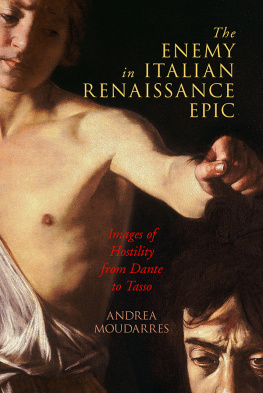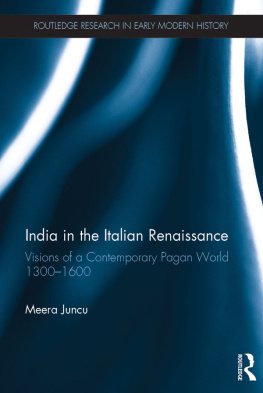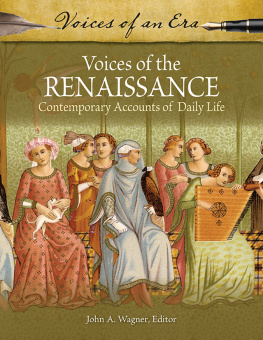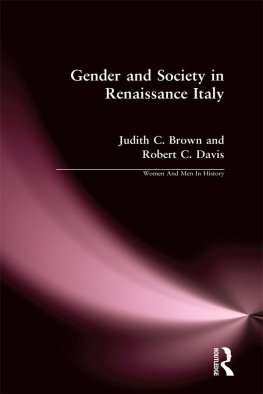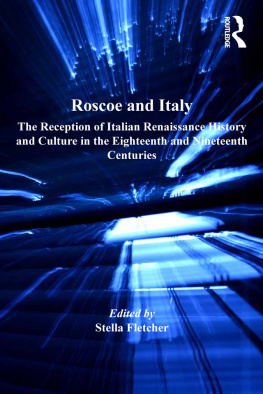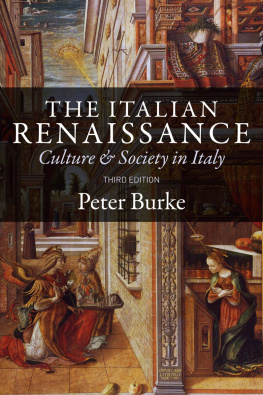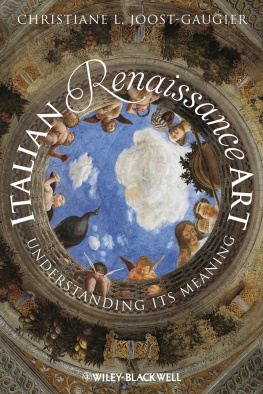THE EARLY MODERN EXCHANGE
Series Editors
Gary Ferguson, University of Virginia; Meredith K. Ray, University of Delaware
Series Editorial Board
Frederick A. de Armas, University of Chicago; Valeria Finucci, Duke University; Barbara Fuchs, UCLA; Nicholas Hammond, University of Cambridge; Kathleen P. Long, Cornell University; Elissa B. Weaver, Emerita, University of Chicago
The Early Modern Exchange publishes studies of European literature and culture (c. 14501700) exploring connections across intellectual, geographical, social, and cultural boundaries: transnational, transregional engagements; networks and processes for the development and dissemination of knowledges and practices; gendered and sexual roles and hierarchies and the effects of their transgression; relations between different ethnic or religious groups; travel and migration; textual circulation / s. The series welcomes critical approaches to multiple disciplines (e.g., literature and law, philosophy, science, medicine, music, etc.) and objects (e.g., print and material culture, the visual arts, architecture), the reexamination of historiographical categories (such as medieval, early modern, modern), and the investigation of resonances across broad temporal spans.
Titles in the Series
Involuntary Confessions of the Flesh in Early Modern France, Nora Martin Peterson
The Enemy in Italian Renaissance Epic: Images of Hostility from Dante to Tasso, Andrea Moudarres
The Enemy in Italian Renaissance Epic
Images of Hostility from Dante to Tasso
Andrea Moudarres
UNIVERSITY OF DELAWARE PRESS
Newark
Distributed by the University of Virginia Press
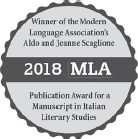
University of Delaware Press
2019 by Andrea Moudarres
All rights reserved
Printed in the United States of America on acid-free paper
First published 2019
ISBN 978-1-64453-000-9 (cloth)
ISBN 978-1-64453-001-6 (paper)
ISBN 978-1-64453-002-3 (e-book)
1 3 5 7 9 8 6 4 2
Library of Congress Cataloging-in-Publication Data is available for this title.
Cover art: Detail from David with the Head of Goliath, Caravaggio, 1606. (Galleria Borghese, Rome, Lazio, Italy/Bridgeman Images)
From you, O goddess, from you the winds flee away, the clouds of heaven from you and your coming; for you the wonder-working earth puts forth sweet flowers, for you the wide stretches of ocean laugh, and heaven grown peaceful glows with outpoured light.
Lucretius, De rerum natura
Acknowledgments
This book began as a doctoral dissertation at Yale University under the enlightening supervision of Giuseppe Mazzotta. His voracious intellectual curiosity has beenand always will bea source of inspiration. Millicent Marcus and David Quint provided generous feedback and probing criticism that helped me rethink the structure of this project. Without Piero Boitanis encouragement and unflinching support over the last twenty years, I would not have crossed the Pillars of Hercules. His course on Ulysses at the University of Rome, La Sapienza, ignited my passion for the study of literature. I am also indebted to my teachers, colleagues, and friends at the University of Notre Dame: Zyg Baraski, Ted Cachey, Margaret Meserve, Christian Moevs, Colleen Ryan, Patrick Vivirito, and John Welle. They created a stimulating and welcoming atmosphere during the two years in which South Bend was my home.
My colleagues at the UCLA Department of Italian have fostered a supportive environment without which I would not have been able to complete this book: Massimo Ciavolella, Thomas Harrison, Lucia Re, Pete Stacey, Dominic Thomas, Elissa Tognozzi, and Stefania Tutino. I also wish to express my gratitude to other UCLA colleagues in neighboring departments: Carol Bakhos, Lia Brozgal, Jean-Claude Carron, Nina Eidsheim, Barbara Fuchs, Robert Gurval, David Kim, Efran Kristal, Benjamin Madley, Kirstie McClure, Joseph Nagy, Anthony Pagden, Davide Panagia, David Schaberg, Giulia Sissa, Zrinka Stahuljak, Bronwen Wilson, and Maite Zubiaurre. Their wisdom and collegiality have made UCLA an ideal setting for me to learn, teach, and write. Among the colleagues whose suggestions and criticism over the last several years have improved this book I am particularly grateful to Albert Ascoli, Jo Ann Cavallo, Jim Coleman, Laura Giannetti, Toby Levers, David Lummus, Barry McCrea, Vittorio Montemaggi, Pina Palma, Gabriele Pedull, Kristin Phillips-Court, Diego Pirillo, Alessandro Polcri, Guido Ruggiero, Arielle Saiber, Justin Steinberg, Walter Stephens, Nora Stoppino, Francesca Trivellato, and Jane Tylus.
I am also grateful to the reviewers of this manuscripttheir suggestions have significantly strengthened this projectand to Julia Oestreich, who has provided indispensable guidance throughout the publication process. I also owe a debt of gratitude to Valeria Finucci and Meredith Ray, who have supported the publication of this book in The Early Modern Exchange Series for the University of Delaware Press. Thanks to Julia Boss, who has extensively commented on the entire manuscript, and my research assistants at UCLA: Nina Bjekovic, Sarah Cantor, Allison Collins, Cristina Politano, and Joseph Tumolo, all of whom have provided much needed help at various stages of this project. Research for this book has been made possible by an ACLS New Faculty Fellowship and a UCLA Faculty Career Development Award.
Most of all, I am grateful to my loving family. Special thanks to my wife Christiana, who has read and seen this project develop since its inception. To my sister Laura I am especially grateful for her thoughtfulness and wit. I dedicate this book to my parents, Pina and Haisam, who have supported me all along.
An earlier version of a section of chapter 1 was published as a journal article, Beheading the Son: Mohammed and Bertran de Born in Inferno 28, California Italian Studies 5:1 (2014): 55065. Chapter 2 includes a short and much revised version of an essay published as, The Giants Heel: Pride and Treachery in Pulcis Morgante,MLN 127.1 (2012): 16472; an earlier version of a section of chapter 4 was published as a journal article, Crusade and Conversion: Islam as Schism in Pius II and Nicholas of Cusa, MLN 128.1 (2013): 4052, The Johns Hopkins University Press. Chapter 4 includes a revised section published as a book chapter, The Geography of the Enemy: Old and New Empires between Humanistic Debates and Tassos Gerusalemme liberata, in New Worlds and the Italian Renaissance: Contributions to the History of European Intellectual Culture, ed. Andrea Moudarres and Christiana Purdy Moudarres (Leiden: Brill, 2012), 291332. My thanks to these publishers for their permission to reprint this material.
Introduction
I N THE OPENING LINES of his unfinished historical epic Civil War, the Roman poet Lucan deploys a graphic bodily metaphor of self-mutilation to introduce the subject of his poem. Writing at the time of Nero, in the first century CE, Lucan takes a strikingly anti-imperial and anti-Virgilian position on the political upheaval that led to the rise of the Augustan Principate. He depicts the Roman commonwealth as a body gutting itself by means of the internecine conflict between Julius Caesar and Pompey, his son-in-law. At the same time, since the city of Rome was caput mundi (literally, head of the world, as Lucan writes in Civil War 2.655), a war that eviscerated Rome would, by extension, decapitate the world order that existed before the emergence of the Empire: Of war I sing, war worse than civil, waged over the plains of Emathia, and of legality conferred on crime; I tell how an imperial people turned their victorious hands against their own vitals; how kindred fought against kindred; how, when the compact of tyranny was shattered, all the forces of the shaken world contended to make mankind guilty; how standards confronted hostile standards, eagles were matched against each other, and pilum threatened pilum (
Next page
